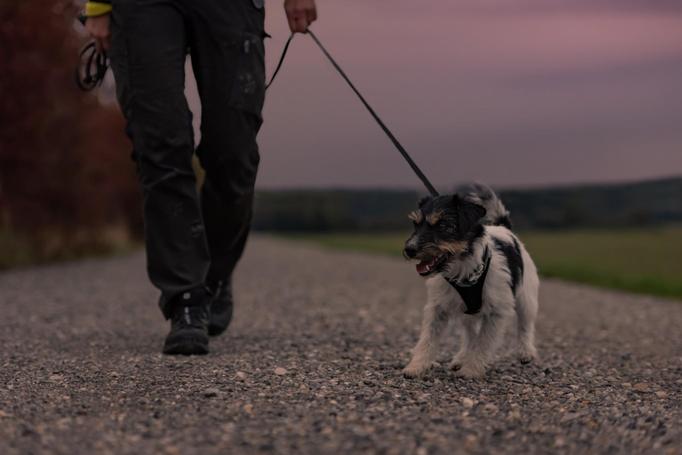Animals: how to prepare our little companions for the time change?
The switch to winter time is for tonight! But this change can seriously disrupt our rhythm… but also that of our pets. Here are some tips from specialists to help them make this transition smoothly.
How do our pets deal with the time change? If you think it doesn't really have an impact on them, you're wrong... Indeed, dogs and cats have an internal biological clock with certain activities associated with it that they prefer not to deviate from.
A better sense of time
That's why your little four-legged friend can be completely disoriented when you get up at a different time or come home from work at an unusual time. They may also find it odd to receive their food or walk around at different times. However, this is what will happen with this time change.
In addition, our animals have a much better sense of time than we do. Their cycles are closely related to those of light and dark. And even if the amount of natural light changes gradually throughout the year, this transition to winter time is very abrupt.

So, to best help your furry friends make the transition to winter time smoothly, the Tom&Co pet store chain gives you some advice.
A change in the routine?
Adeline Westerling, behaviorist and expert for Tom&Co, explains why this affects our pets so much:
How to help your animal in this time change?
It is therefore advisable to avoid getting our pets used to a routine that is too strict or too pronounced. If your animal is systematically walked, laid down or fed at fixed times, it will have to be accustomed several days in advance to the new routine that you are about to adopt and therefore, to the time change.
In this case, the ideal would be to gradually change your pace, in increments of 5 to 10 minutes a day. It is also recommended to increase daily walk time, extend play time and provide as many chew toys and activities as possible to improve your furry friend's sleep quality and reduce his stress.
Walking in the dark? Be careful !
Who says switching to winter time also means night walks. Indeed, as the night will fall earlier, you will have to walk your pet in the dark but also in the cold, the rain or the snow... Although this is not ideal, you have no choice and must walk your little companion every day.
But, as we know, walking around in the dark is a real danger, both for you and for your pet. Safety must therefore remain a priority: you and your companion must be able to see correctly... but also be seen.
In order to remain visible to motorists, it is important to accustom your dog to lighted accessories and to reward him with a treat. Tom&Co offers many accessories so that your walks go smoothly and safely at night: fluorescent safety vests, collars and leashes lit by LEDs, bandanas, etc.
It is also important to keep your dog securely on a leash at all times when it is dark and not to venture into places you are unfamiliar with at that time. Do not hesitate either to carry a flashlight during your walks, especially if the roads where you pass are poorly lit.








